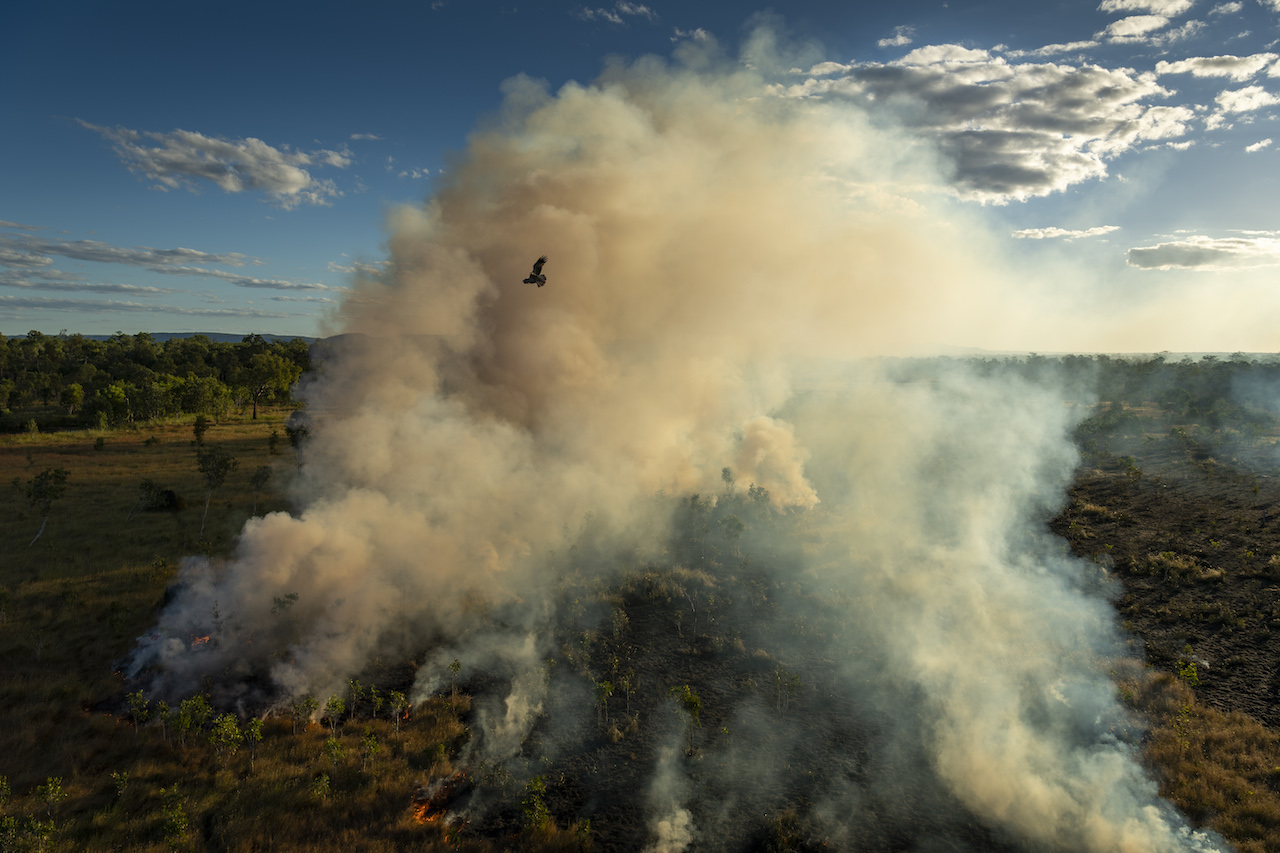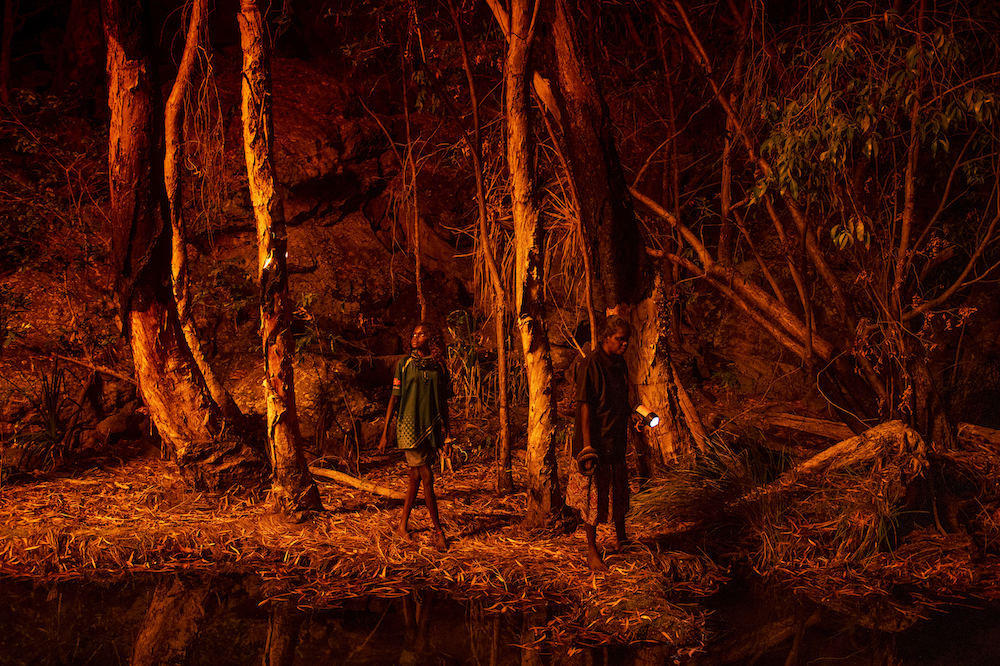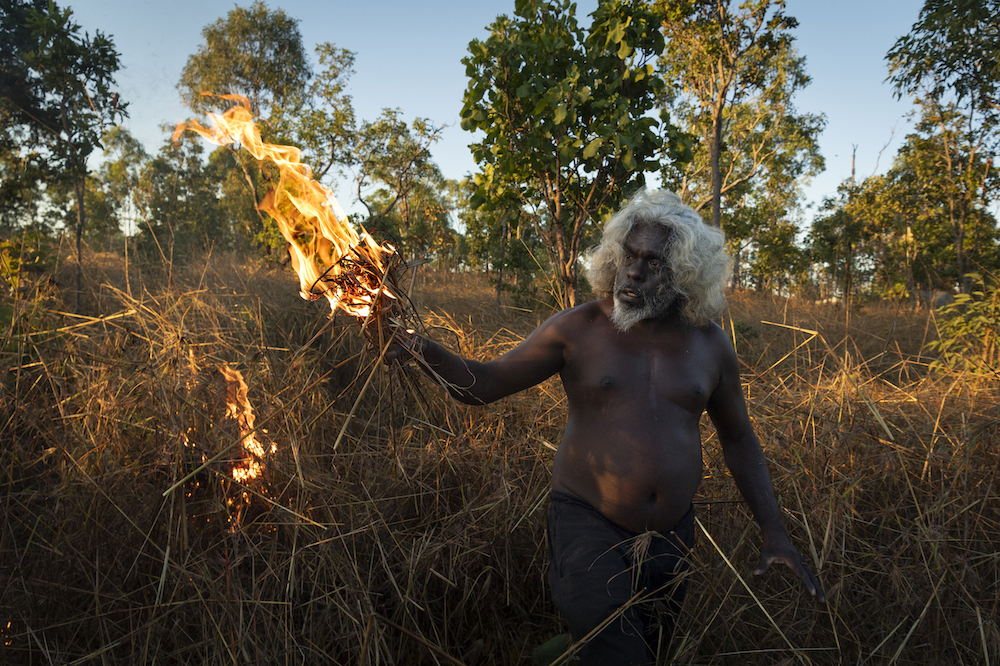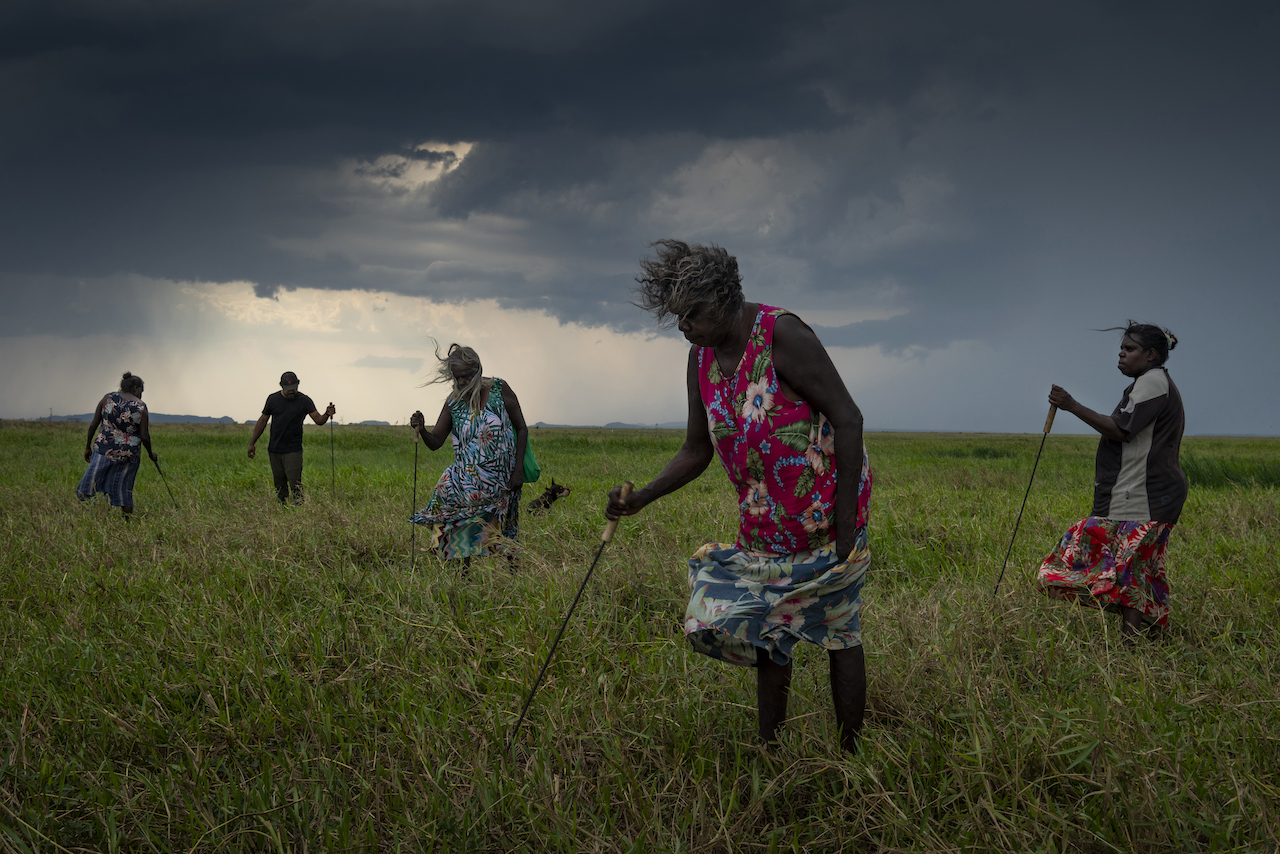This year’s winning stories focus on forced migration, colonisation, and the subsequent loss of ancestral values
Today, World Press Photo announces its global winners for 2022. The coveted Photo of the Year prize goes to Amber Bracken. Made on the former grounds of the Kamloops Indian Residential School in British Columbia, her haunting image commemorates the unjust deaths of Indiginous children at the hands of colonialism. Story of the Year goes to Matthew Abbott, who documented the Indigenous practice of ‘cool burning’ to fight bushfires in Australia. The Long-form award goes to Lalo de Almeida’s ongoing investigation into deforestation in the Brazilian Amazon, and the Open Format prize to Isadora Romero’s moving video tracing her father’s ancestral roots in Colombia.
This year, the photo contest shifted its strategy to a “regional approach”. Two weeks ago, the organisation announced 24 regional winners. These were selected by an independent jury from entrants spanning six different regions: Africa, Asia, Europe, North and Central America, South America, and Southeast Asia and Oceania. From each region, four winning photographers were selected, one for each of the four categories: Single, Stories, Long term projects, and Open Format. Out of these 24 winners, four global winners have been announced today.
“Together the global winners pay tribute to the past, while inhabiting the present and looking towards the future,” states Rena Effendi, global jury chair. Below, we take a closer look at each of this year’s winners.
Photo of the Year: Kamloops Residential School by Amber Bracken
Canada, for The New York Times
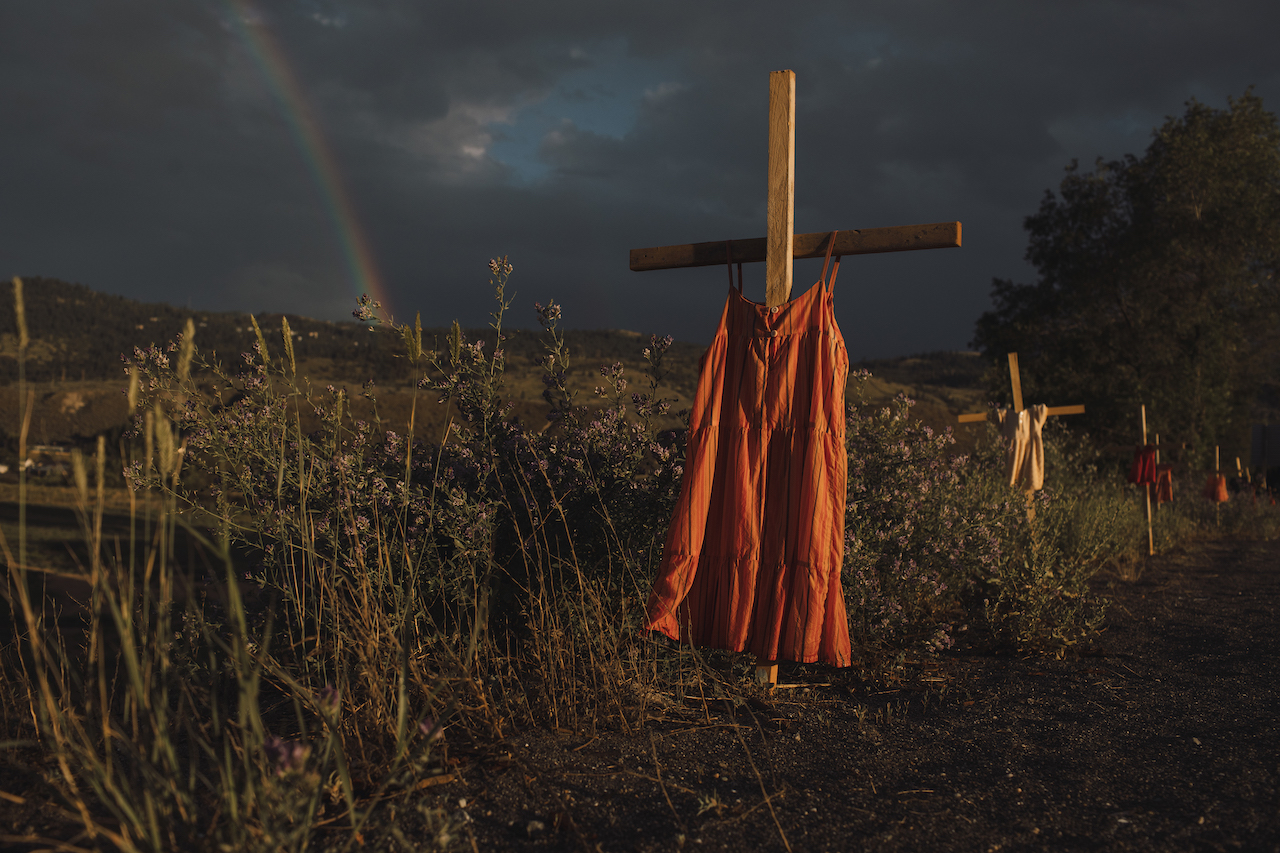
A row of dresses hang on giant wooden crosses lining the roadside. A rainbow arches in the distance, colouring an otherwise dreary sky. The scene, captured by Amber Bracken for The New York Times, commemorates children who died at the Kamloops Indian Residential School in British Columbia. The school was established in 1890, as part of the Indian residential school system – a network of boarding schools for Indigenous peoples to assimilate them into the dominant colonial culture. Run by the Christian church, the school remained in operation until 1969, when it was taken over by the federal government and shut down 10 years later.
This school system separated families, deprived children of their ancestral languages, and exposed many of them to physical and sexual abuse. In the late 1990s, a child’s tooth was found on the premises of the Kamloops Residential School, and later in the early 2000s a tourist discovered a rib. In 2021, Sarah Beaulieu – an anthropologist at the University of the Fraser Valley – surveyed the area and concluded the probable presence of about 215 unmarked graves.
“It is a kind of image that sears itself into your memory, it inspires a kind of sensory reaction,” said global jury chair Rena Effendi. “I could almost hear the quietness in this photograph, a quiet moment of global reckoning for the history of colonisation, not only in Canada but around the world.”
Story of the Year: Saving Forests with Fire by Matthew Abbott
Australia, for National Geographic/Panos Pictures
Fighting fire with more fire may seem illogical, but for Indiginous communities, it is a method they have practised for tens of thousands of years. ‘Cool burning’ involves lighting low fires in small areas by foot. These flames are closely monitored, ensuring that only the underbrush is burned, and that seeds and nutrients in the soil remain intact.
Matthew Abbott’s photo story for National Geographic documents Indigenous communities and their use of fire to fight bushfires, as well as hunt. Abbot once lived in West Arnhem Land – a vast wilderness area in Australia’s Northern Territory – and was accepted into an Indigenous community. He sees sharing the rangers’ solution to wildfires as vital in tackling the climate crisis and the bushfires that have ravaged the countries. In the last decade, fire-prevention programs – mainly on Indiginous land – have cut destructive wildfires by half.
Long-term Project: Amazonian Dystopia by Lalo de Almeida
Brazil, for Folha de São Paulo/Panos Pictures
Since 2019, deforestation in the Brazilian Amazon has occurred at its fastest pace in a decade. Under the presidency of Jair Bolsonaro, exploitation of the Amazon’s resources – such as minerals and metals like gold and timber – continues, alongside infrastructural developments that have led to mass-destruction of nature. This has a huge social impact on Indigenous communities, who are forced to deal with the degradation of their home, and their way of life.
Lalo de Almeida’s has been documenting the Brazilian Amazon since 2013. His project traces the social, political and environmental crisis that the country faces under the presidency of Bolsonaro.
Open Format: Blood is a Seed by Isadora Romero
Ecuador
The open format award – a category that welcomes a mixture of lens-based mediums – goes to a moving image piece by Ecuadorian artist Isadora Romero. Narrated by the artist and her father, Blood is a Seed (La Sangre Es Una Semilla) is a story about forced migration, colonisation, and the subsequent loss of ancestral knowledge.
In the video, Romero traces her family’s history, travelling to Une in Cundinamarca, Colombia, where her grandfather and great-grandmother were once ‘seed guardians’. They cultivated several species of potatoes on their farm, but now, only two of these species are still cultivated in the village. Instead, they are cloned and mass-produced in labs. The resulting body of work is multilayered and investigative, questioning what happens when the memories stored in our land disappear. “The town of my father… is like many towns whose memories have been torn from them,” says Romero, in her narration.
Explore all the winning images at worldpressphoto.org.

